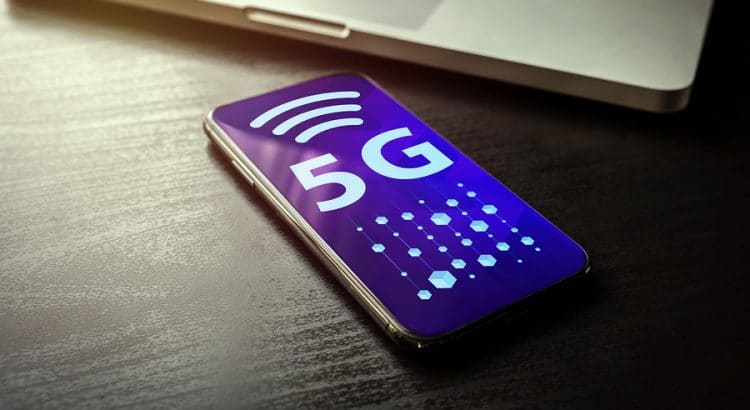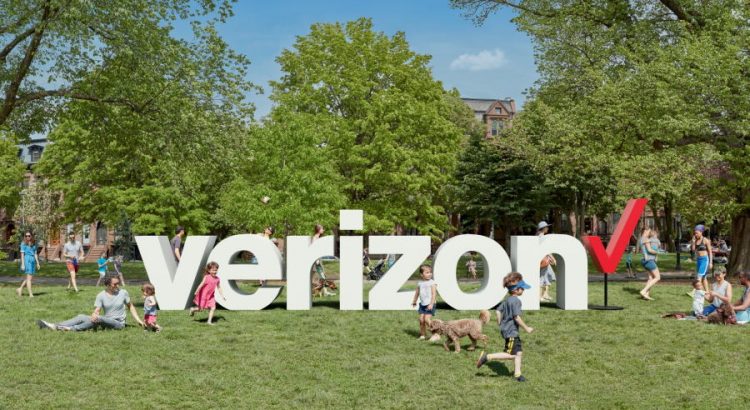The carrier Tello has offered some of the best prices in the industry for a while now. Until recently, the major downside of Tello was that it ran over Sprint’s lackluster network.
Ever since the merger between T-Mobile and Sprint closed, I’ve been wondering what the future would look like for Tello. On Friday, Tello shared a blog post that shed some light:
- Tello plans to start implementing service over T-Mobile’s network in late 2020.1
- Tello does not plan to change its pricing structure at this time.2
- Sprint-only service is expected to be available until at least mid-2021.3
- Sprint-only phones may see a big decline in the performance of data service before mid-2021.4
Phone compatibility with T-Mobile
Fortunately, many Tello subscribers already have phones that are compatible with T-Mobile’s network. High-end phones purchased in the last few years are particularly likely to work with T-Mobile.
Tello recommends using phones that support LTE bands 2, 4, 12, 66, and 71 along with VoLTE. Customers without compatible phones will probably need to upgrade their devices if they want to remain with Tello after the legacy Sprint network shuts down.
The long term
Tello has said it won’t raise prices, but I don’t think that’s a long-term commitment. I wouldn’t be surprised if we see a price hike by the end of 2021. Tello will be more appealing with the expanded coverage offered by T-Mobile’s network. Additionally, the market for low-cost service is likely to become less competitive as Sprint disappears and large companies buy out a number of MVNOs.
While we may see a price increase eventually, I’m tentatively excited for Tello’s future. T-Mobile’s network is likely to offer Tello subscribers a far better coverage experience than Sprint’s network ever could.












